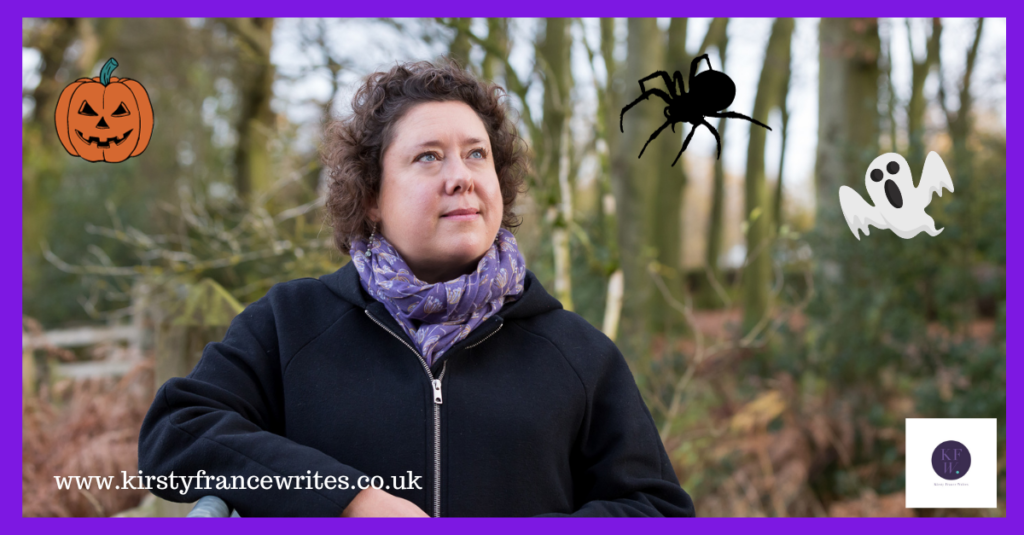
Good marketing shows your customers that you understand where they are now and where they could be with your help. Showing them the before and after can be really powerful. It can be easy to show a transformation in a couple of pictures, but it’s not the only way.
Read on to discover how your writing can show your customers the before and after.
Feeling better
When you think about ‘before and after,’ the first thing that probably springs to mind is a pair of photos showing someone before and after losing weight or having a makeover. If your business offers a physical transformation, using images is a great way to showcase your results. However, your words can show your audience more. For example, you could talk about all the things your clients can do now that they couldn’t do before, like going for a long walk or running around after their children.
The change you offer might not be visible, but it can dramatically improve someone’s health, like physiotherapy. Describing your results or sharing customer testimonials lets your readers understand the benefits.
Making life better
What do you give your customers that they didn’t have before? There’s more than one way to bring practical change into someone’s life. Do you make tedious but necessary tasks easier or save them time or money? Think about what that change might look like for your customers and how it helps them achieve their goals.
For example, a travel agent might help people get a family holiday on a budget or find the perfect relaxing break for a wealthy CEO with no time for research. Your knowledge and research help both, but in different ways, so you can tailor your content to suit.
Greater self-worth
Facing a challenge can be frustrating but can also impact how you feel about yourself. A new parent struggling to get their baby to sleep will experience many different emotions and might conclude that they’re a terrible parent, even though they’re nothing of the kind.
Finding the right help and guidance can help people feel more competent and in control of their situation. Create content that shows people you see their struggles and can help them.
Show the emotions
Even if you don’t transform the way someone feels about themselves, you might still bring about an emotional change. A good café offering a hot cup of tea can provide a few minutes of calm on a busy day. Even online ordering can ease someone’s stress, knowing they don’t have to find time to go to a shop.
If you save people time, think about what they might do with it instead. I often picture a business owner still writing their blog when they’d rather be reading the kids a bedtime story. What does that look like for your customers?
Better relationships
If you’re a marriage counsellor, you could literally save relationships, but other businesses could, too. Maybe saving someone time gives them more hours to spend with their loved ones instead of being ships that pass in the night. Perhaps you sell really great presents so your customers always know where to shop first.
If you want to write in a way that shows your customers the before and after, I can help. I’ll write blogs, posts, emails and whatever else you need to engage your audience and encourage them to get in touch. If you’d like a chat to find out how it works, you can book a call here. Or, use the form below to sign up for monthly content writing tips straight to your inbox.








